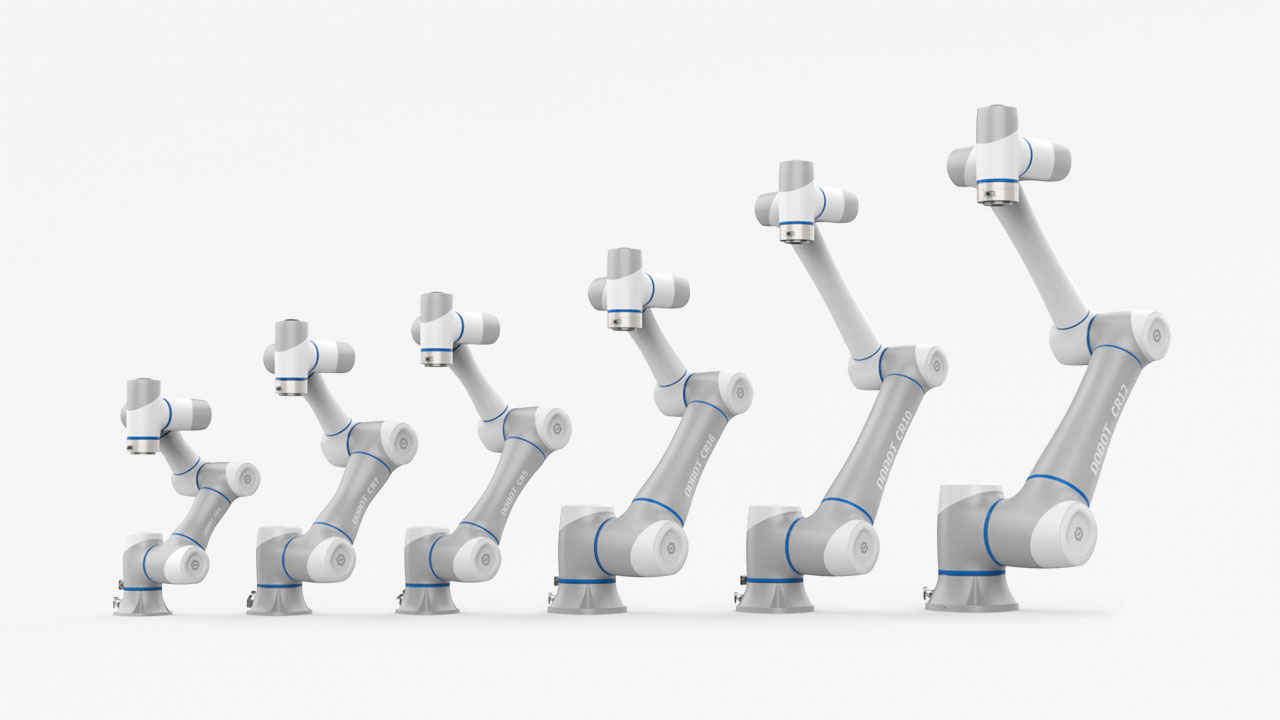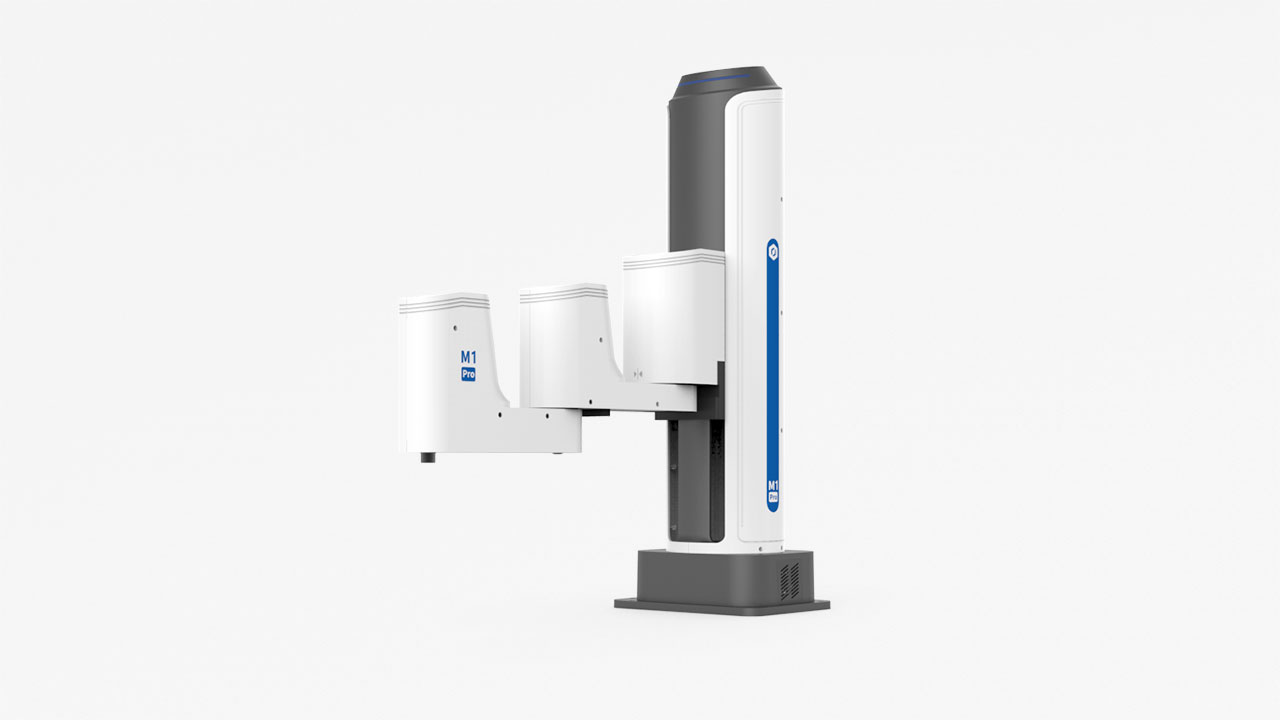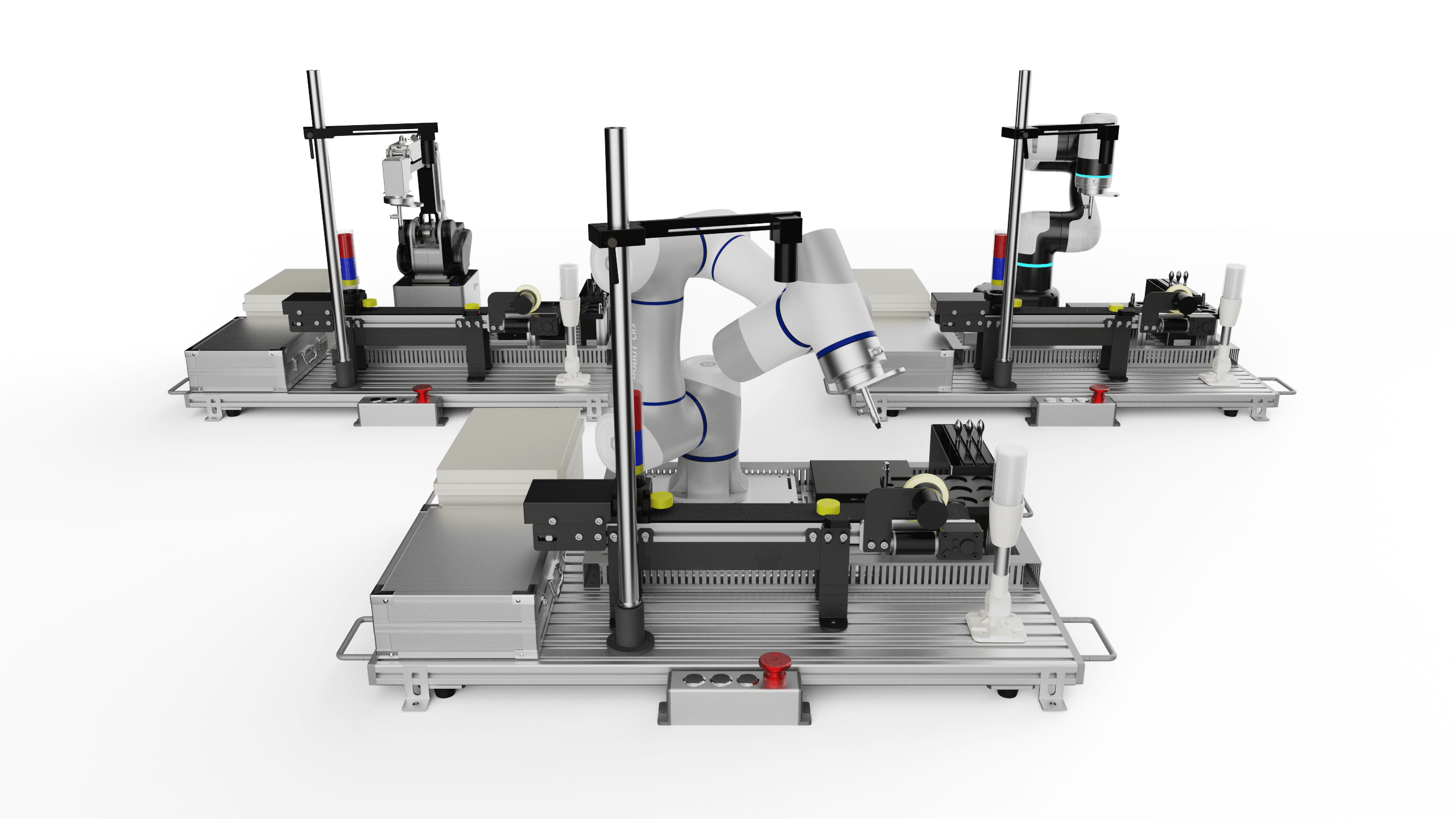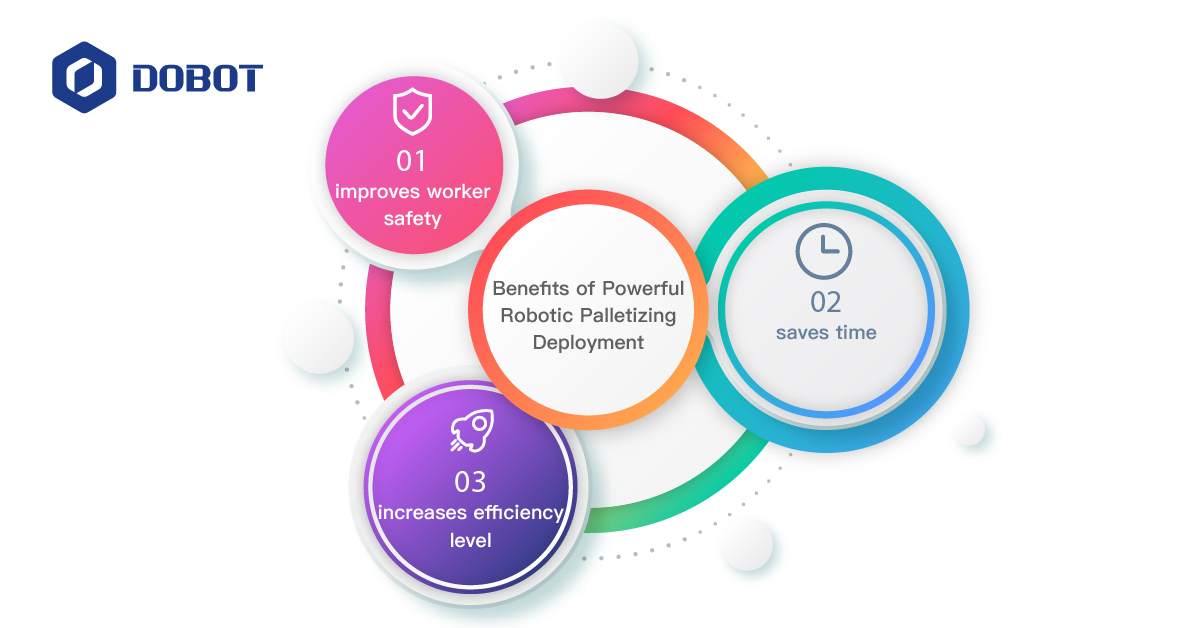The rapid development of key industries like automotive, aerospace, and construction has led to a significant increase in demand for precision metal processing. This surge comes with stricter requirements for processing accuracy and quality, alongside a growing need for intelligent and customized production solutions.
Collaborative robots (cobots) are essential in the metalworking industry, addressing the significant shortage of skilled labor faced by 70% to 80% of manufacturing companies, according to a 2022 survey by the National Association of Manufacturers. Training a skilled worker can take 1 to 3 years, while cobots can learn simple tasks like assembly and welding in just a few days, and more complex skills in a few months.
This rapid onboarding significantly reduces training costs and allows companies to quickly adapt to production needs. As a result, cobots can enhance productivity by 20% to 50%, with some companies achieving a 30% reduction in production cycles. By effectively filling the skilled labor gap, cobots boost efficiency and maintain high precision and quality in metal processing.
Get a Clear Look at How Cobots Handles the Core Applications
1. Metal Welding
From large steel structures to shipbuilding and hardware production, the needs for metal welding are becoming more and more diverse. Cobots provide integrated welding solutions that adapt to different welding methods (laser, arc) and improve the quality and efficiency of welding tasks. They can handle complex trajectories and account for thermal deformations, ensuring precision in welding operations.
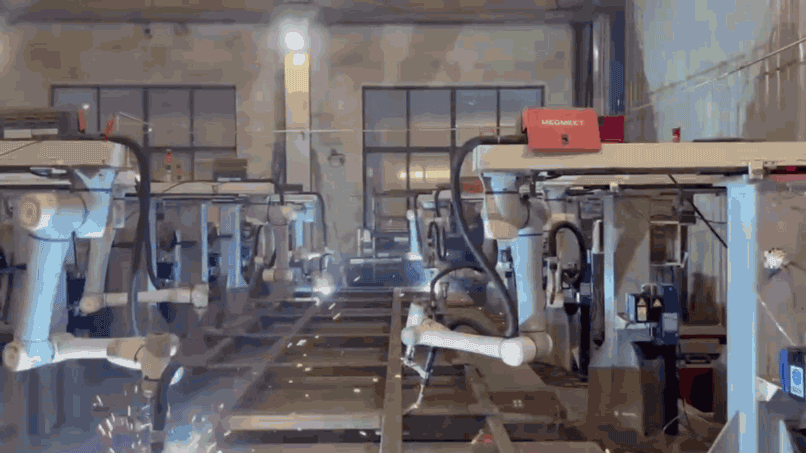
Dobot’s Large Steel Structure Welding for Automotive Companny
2. Laser Rust Removal
Rust removal is key step for metal industry to ensure metal surface quality and extending product life. The cobots can utilize advanced laser technology to remove rust from metal surfaces quickly and effectively, without the need for chemicals and limitations by material shape, size, or complexity. This method is efficient and significantly reduces physical strain on workers.

Dobot’s Automatic Cleaning and Rust Removal for Metal Workpieces
3. Machine Assistance for Loading & Unloading
For the complex and variable demands of machining operations, Dobot cobots' automated loading and unloading workstations achieve a high-performance and impressive accuracy of ±0.02mm for precise handling of intricate parts. The workstation features a movable design, allowing it to operate at different stations and switch between various tray types—flat, inclined, or vertical—ensuring versatility and continuous production.
Users only need to establish communication between the workstation and CNC machines to configure the Dobot CNC process package. This setup enables quick handling of unprocessed components and supports multiple unloading methods and tray options. Additionally, the package includes customizable features to cater to non-CNC loading scenarios, fulfilling the needs of low-volume, diverse production tasks.

Dobot’s CNC Machine Tool Parts Loading and Unloading
4. Sorting
In the metal industry, workpiece sorting is a necessary step before loading onto machine tools. Manual sorting is often labor-intensive and inefficient. Cobots' unordered sorting solution integrates advanced 3D vision and AI technology to accurately identify the position and status of objects. This enables robots to optimally grasp items and place them in designated areas according to predefined requirements.
The solution does not require prior scanning or modeling of objects, allowing it to handle unknown shapes and colors, making it suitable for various complex scenarios involving mixed or stacked items. In industrial production, this capability streamlines the sorting and feeding processes, significantly enhancing overall efficiency.

Dobot’s Cobots with Custom Gripper to Sort the Metal Workpiece
5. Material Handling
Material handling in the metalworking industry can be both labor-intensive and hazardous. Cobots can be equipped with advanced technologies, such as Dobot AMMR cobots with laser SLAM navigation and 2D/3D visual positioning offering precise and efficient handling solutions. With a navigation accuracy of ±5mm and positioning accuracy of ±0.5mm using end cameras, these robots significantly enhance handling efficiency.
These cobots integrate multiple functions, including mobility, gripping, and detection, and support visual deployment software that enables users to complete mapping, station setup, and route construction in just 10 minutes. This capability facilitates efficient material transfers and multi-machine loading/unloading tasks, effectively reducing the physical strain on human workers and promoting a more efficient automated material handling model in the industry.
Dobot’s Machine Tool Parts Handling
6. Defect Inspection
Traditional manual defect inspection suffers from low efficiency and susceptibility to human error, failing to meet the modern manufacturing industry's demands for high-quality, efficient inspections. Standard automation equipment often has limitations in space utilization and flexibility.
With advanced high-resolution imaging and AI defect detection algorithms, the cobot-based inspection solution quickly identifies surface defects such as spots, dents, scratches, color variations, and missing elements. This significantly enhances the efficiency of inspecting metal components. The flexible working space of collaborative robots accommodates various shapes and sizes of metal parts on production lines, delivering a more automated and intelligent defect inspection experience for the manufacturing sector.

Dobot’s Bicycle Parts Inspection
7. Force Control Polishing
Manual polishing tasks often suffer from low efficiency, inconsistent quality, poor working conditions, and health risks, leading to high production costs and variability based on worker performance. Cobots equipped with six-dimensional force sensors can implement closed-loop control, effectively enhancing both the efficiency and quality of polishing operations.
Using advanced compliant force control and following algorithms, these robots intelligently adapt to variations in the surface of the workpiece, automatically adjusting their position and posture to ensure uniform and consistent pressure. In the event of sudden shifts in the workpiece's position, the robots can automatically follow the changes through real-time force feedback, better protecting the workpiece and improving overall polishing outcomes.

Dobot’s Golf Racket Precise Grinding
Collaborative robots are transforming the metal processing industry by providing flexible, efficient, and safe automation solutions that can effectively replace skilled workers. Their ability to enhance productivity and quality while reducing risks makes them indispensable in modern manufacturing. As the industry continues to evolve, the role of cobots will expand further, driving innovation and growth in the metal processing sector. Embracing this technology is crucial for manufacturers seeking to maintain competitiveness in a rapidly changing landscape, especially in light of the ongoing shortage of skilled labor.
